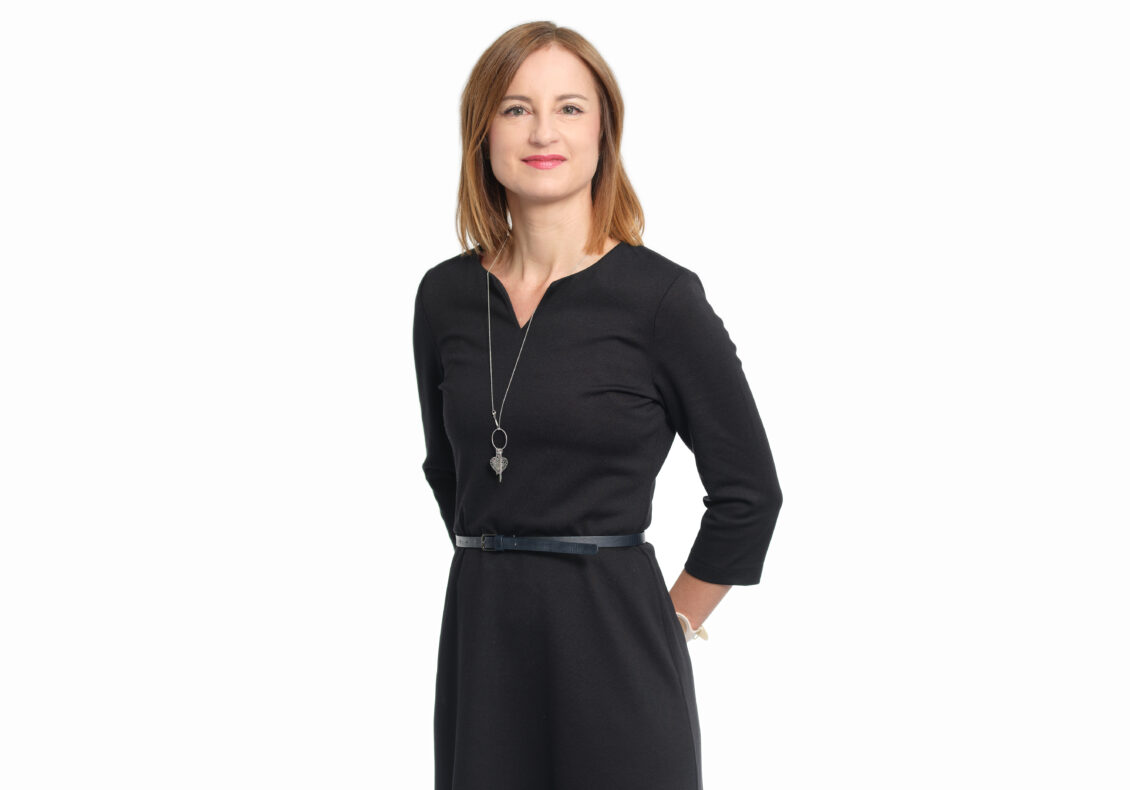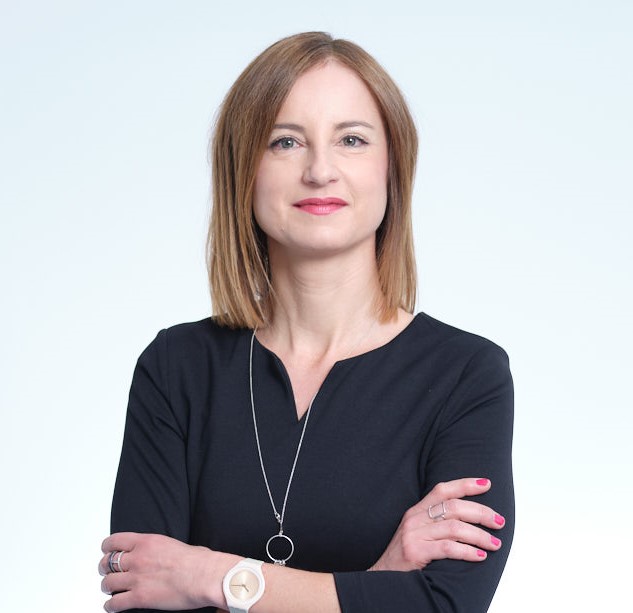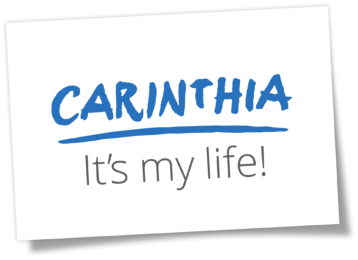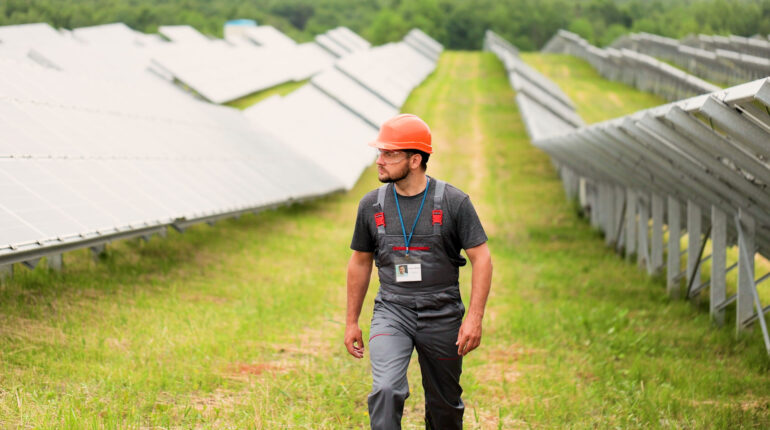Best Connections: It doesn’t always have to be the city!
Fibre optic rollout in Carinthia is setting new standards. Petra Rodiga-Laßnig from BIK – Breitband Initiative Kärnten is explaining why and how.
Internet use has surged to record levels
According to statistics released by the telecoms regulatory authority, Rundfunk und Telekom Regulierungs-GmbH, a phenomenal 7,162 petabytes was consumed in 2020. Almost two thirds of this data volume was consumed using Internet delivered through landlines, says the RTR.

Photos: Dr. Petra Rodiga-Laßnig (Fotocredits BIK / Arnold Pöschl)
Application-Oriented Research
Companies that operate in competitive international markets are well aware of the need to be “always online, always connected”. However, this requires a failsafe, digital infrastructure – something that is also essential for modern businesses that rely on work-from-home solutions and flexible hours to attract skilled workers in less densely-populated areas.
QUESTION: What is Carinthia doing in terms of measures and investments to accelerate broadband expansion?
PETRA RODIGA-LASSNIG: BIK Breitbandinitiative Kärnten is expanding the fibre optic-based broadband network in Carinthia. Making optimum use of EU and national funding plays a key role here, as does cooperation with private-sector investors – especially where broadband expansion in rural areas is concerned. A project with an investment volume of EUR 40 million euros is currently being implemented in the Görtschitztal region which will provide 13,000 households and businesses with access to a fibre optic network. We – the BIK – build the infrastructure in those areas that are eligible for public funding and the private-sector investors take care of it in those areas which are not. The active network is operated on the basis of the so-called 3 Layer Model by a professional operator who offers end customers an attractive product portfolio of telephony, Internet, and streaming services etc. designed to meet the needs of the specific target groups.
We – the BIK – build the infrastructure in those areas that are eligible for public funding and the private-sector investors take care of it in those areas which are not. (PETRA RODIGA-LASSNIG)
High-Tech and Nature
PETRA RODIGA-LASSNIG: Users can check the availability of fibre optic-based, super-fast Internet on the government’s broadband atlas. This provides information on the various providers and details of the upload and download speeds in Mbit/s.
QUESTION: Which regions will be connected next?
PETRA RODIGA-LASSNIG: BIK Breitbandinitiative Kärnten GmbH will begin fibre optic investment projects in the Gailtal and Lavamünd districts this year, building a fibre optic broadband infrastructure in a supply-oriented approach in partnership with a private-sector investor.
In addition to these major-scale projects, BIK regularly participates in communal civil engineering projects (e.g., the construction or renewal of sewer systems, construction of cycle paths, road rehabilitation) to install empty conduits or fibre optic cables to utilise synergies in civil engineering, as excavation is one of the biggest cost factors. (PETRA RODIGA-LASSNIG)
Why not live in Hüttenberg and study at the TU Wien? Why not live in Brückl and work for a research organisation in Vienna? Why not live in Klein St. Paul, found a start-up and take the world by storm with a digital business idea? (PETRA RODIGA-LASSNIG)

PETRA RODIGA-LASSNIG
Petra Rodiga-Laßnig was born in Klagenfurt in 1970. After studying technical mathematics at the Graz University of Technology she became a research assistant at the research institute JOANNEUM RESEARCH mbH. In 2002 she took up a position as a senior researcher at the Institut für Höherer Studien Kärnten. In 2006 she obtained her doctorate in technical sciences from the University of Klagenfurt. From 2013 onwards she held a variety of functions in publicly-funded organisations of the Province of Carinthia working in the field of project and location development. She is also a lecturer at the FH Joanneum (2014) and Carinthia University of Applied Sciences (since 2015).



